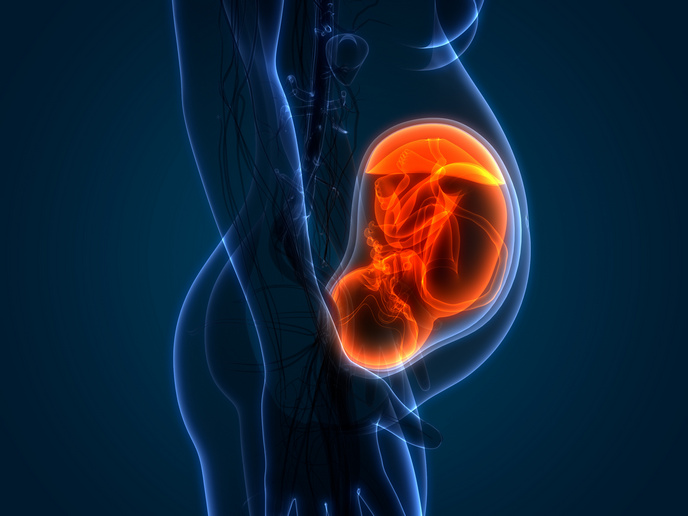Perturbation of lipid homeostasis leads to obesity
Our bodies transport dietary lipids from the intestine to other tissues in the body in the form of lipoprotein particles known as chylomicrons. Apolipoproteins are integral components of chylomicron structures that play a significant role in lipid homeostasis. Scientists of the EU-funded project 'Role of the chylomicron and HDL pathways in the development of obesity and insulin resistance' (METABOLICSYNDROME) worked under the hypothesis that components of the lipoprotein delivery system may promote the development of obesity and insulin resistance while, in contrast, components that promote reverse lipid transport may prevent these conditions. In this context, they decided to investigate the role of chylomicrons and high-density lipoprotein (HDL) pathways in the development of obesity and insulin resistance. To this end, the impact of apolipoproteins or lipoprotein-modifying enzyme expression on obesity was examined in transgenic and knockout animals. Apolipoprotein E (apoE) and low-density lipoprotein receptor (LDLr) are two key proteins responsible for the clearance of chylomicrons in plasma and the proper metabolism of dietary lipids in the circulation. Mice lacking apoE were resistant to diet-induced obesity, hyperglycaemia and insulin resistance, thus indicating a role for this protein in obesity development. Additionally, apoE emerged as a key peripheral contributor to hepatic lipid homeostasis and the development of diet-induced non-alcoholic fatty liver disease (NAFLD). With respect to metabolic syndrome, researchers focused on key proteins responsible for the synthesis of HDL in plasma. Animal studies led to the conclusion that the HDL metabolic pathway is a central contributor to the deposition of dietary triglycerides in the liver. This, in turn can lead to the development of NAFLD and other related metabolic dysfunctions associated with metabolic syndrome. These observations are of outmost significance as they extend the role of HDL beyond atherosclerosis, to the development of NAFLD. At the same time, the results of the METABOLICSYNDROME study suggest that 'peripheral stimuli' (such as HDL protein components) modulate dietary fat deposition. This could trigger the onset of obesity and its related metabolic dysfunctions.







